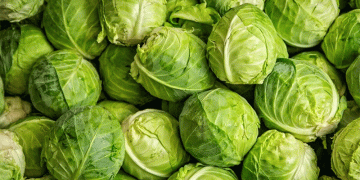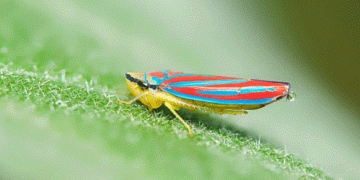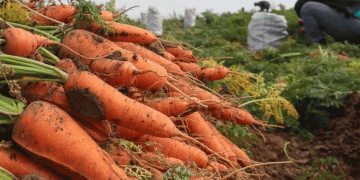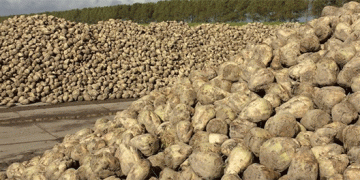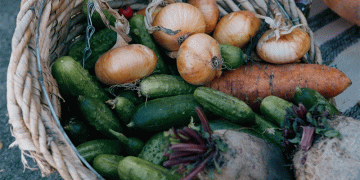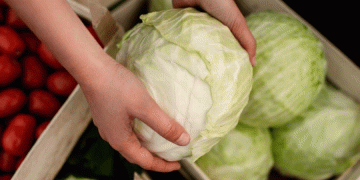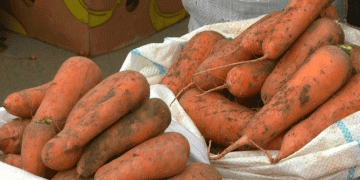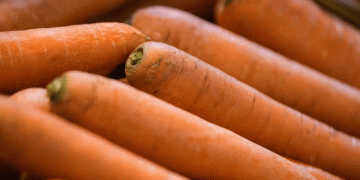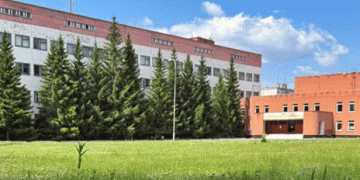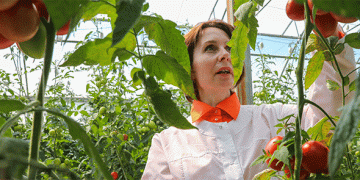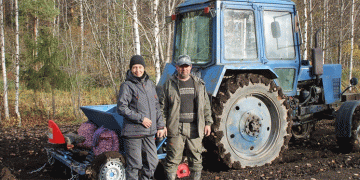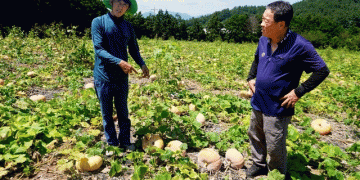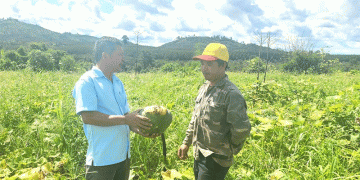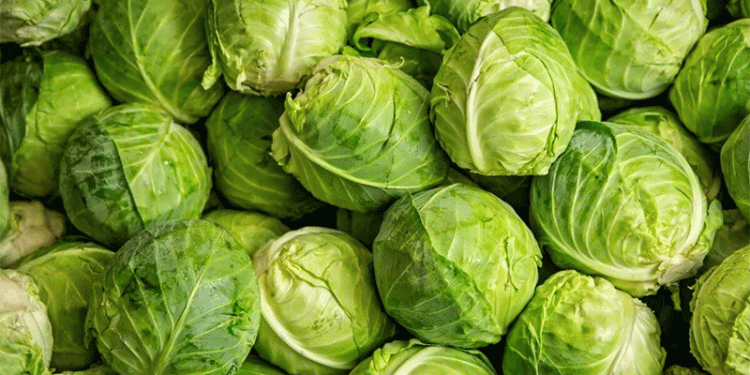Recent reports from gardeners experiencing poor cabbage yields highlight a recurring challenge in vegetable production: identifying the true root cause of crop failure. While a Novosibirsk agronomist has attributed these specific cases to isolated issues like shaded garden plots and poor seed selection, a deeper examination reveals a suite of agronomic factors that can severely impact this high-value brassica crop. For commercial growers and agronomists, these “gardening” issues scale into significant economic risks.
The primary factor cited by the expert is insufficient sunlight. Cabbage is a sun-loving crop, requiring a minimum of 6-8 hours of direct sunlight daily for optimal photosynthesis, head formation, and biomass accumulation. Planting in shaded areas, such as near tree lines or structures, directly compromises this fundamental requirement. Research from the Journal of Horticultural Science & Biotechnology consistently shows that light deprivation is a leading cause of stunted growth and failure to form tight, marketable heads in brassicas, reducing yields by up to 50% in suboptimal conditions.
Beyond sunlight, the agronomist highlighted a more nuanced and critical agronomic practice: genetic isolation. Cabbage (Brassica oleracea) is a cross-pollinating crop, primarily by insects. Its proximity to other brassica species like radish (Raphanus sativus), turnip (Brassica rapa subsp. rapa), and wild mustard or rapeseed (Brassica napus) can lead to unintended cross-pollination if these species are flowering simultaneously. For growers saving their own seed, this results in genetically impure seed that will not produce true-to-type heads the following year. The recommended isolation distance for commercial brassica seed production is at least 1,600 meters, a standard that, while extreme for home gardens, underscores the importance of spatial planning for any grower concerned with seed integrity.
While the past growing season may have presented favorable macro-conditions—adequate moisture, tolerable temperatures—these specific micro-agronomic errors can easily negate any broader advantages. The failure serves as a stark reminder that high yields are achieved by managing all variables, not just the obvious ones.
The cases of cabbage crop failure, though deemed isolated, provide a valuable case study for all scales of production. They reinforce that successful cultivation is a science of precision. For farmers and agronomists, the lessons are clear: meticulous site selection based on full sun exposure is non-negotiable, and careful planning to isolate brassica crops from genetic contaminants is essential for ensuring seed quality and crop performance. Addressing these foundational agronomic principles is the most effective strategy to safeguard against yield loss and ensure a profitable harvest.
